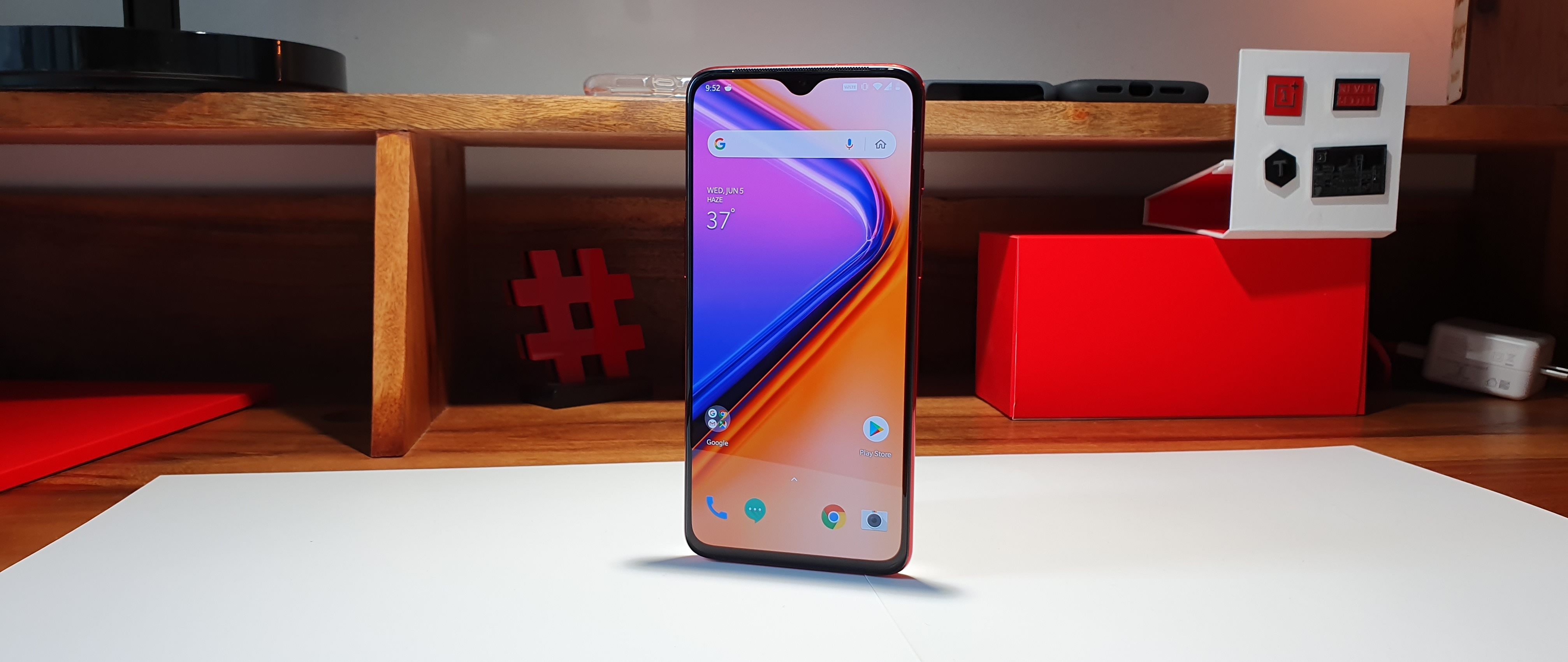Why you can trust TechRadar
Cameras
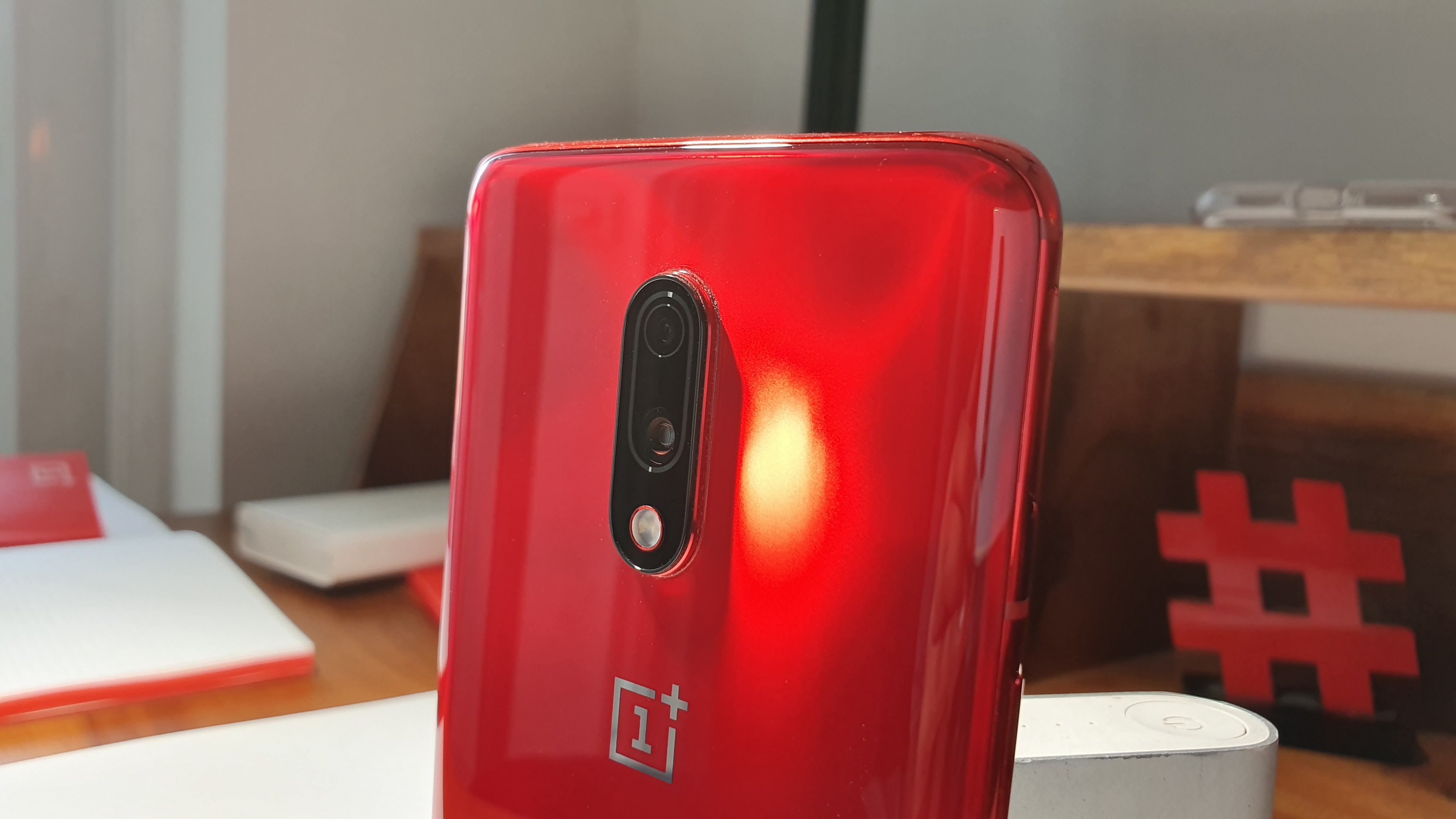
One of the more significant changes on the OnePlus 7 comes in the form of its upgraded cameras. The primary 48MP camera uses a ½-inch Sony IMX586 sensor with a 6-element lens giving it an f/1.7 aperture. There’s a secondary 5MP camera which works in tandem with the main camera unit, to assist it in creating pictures with a depth-of-field effect. Furthermore, this is supported by Optical Image Stabilization (OIS) and Electronic Image Stabilization (EIS).
You don’t get a telephoto lens or an ultra-wide angle sensor like its elder sibling as the OnePlus 7 focuses on the basics. It uses pixel-binning technique to create a crispier 12MP picture by merging the data from four pixels into one. That’s not to say that you cannot produce a native 48MP picture with the OnePlus 7. That option is tucked away in the camera’s Pro mode as JPG 48MP.
So, while the 48MP primary sensor does all the heavy-lifting, it can also record in 4K at 60 fps, 480p for slow-motion clips along with features like time-lapse, nightscape, AI scene detection, portrait mode and HDR support to name a few.
All of this translates into generally good and bright looking pictures with more texture, balanced exposure and vivid colors. This is in daylight though, as the cameras are pretty average during night time flush with aggressive optimizations.


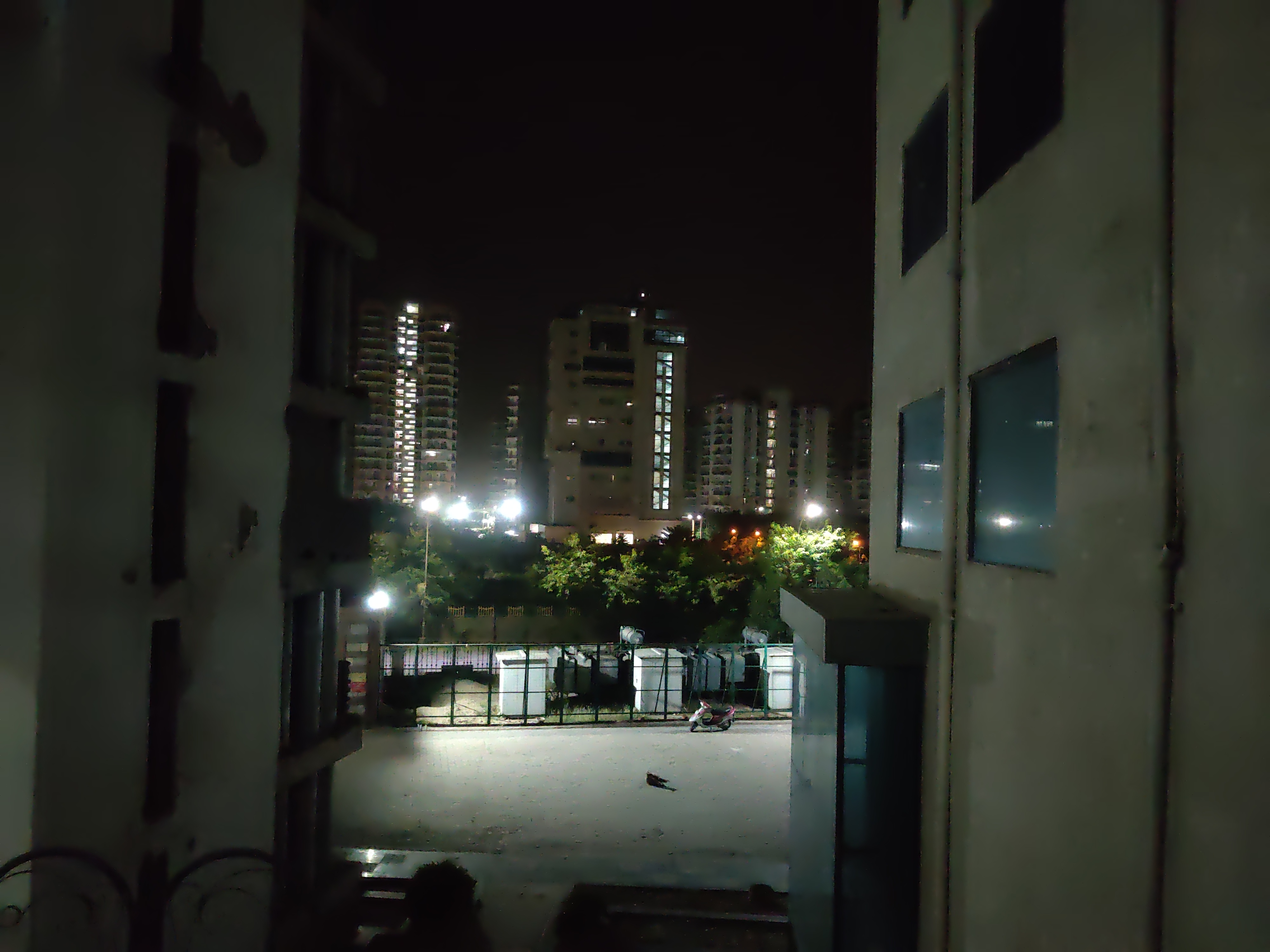
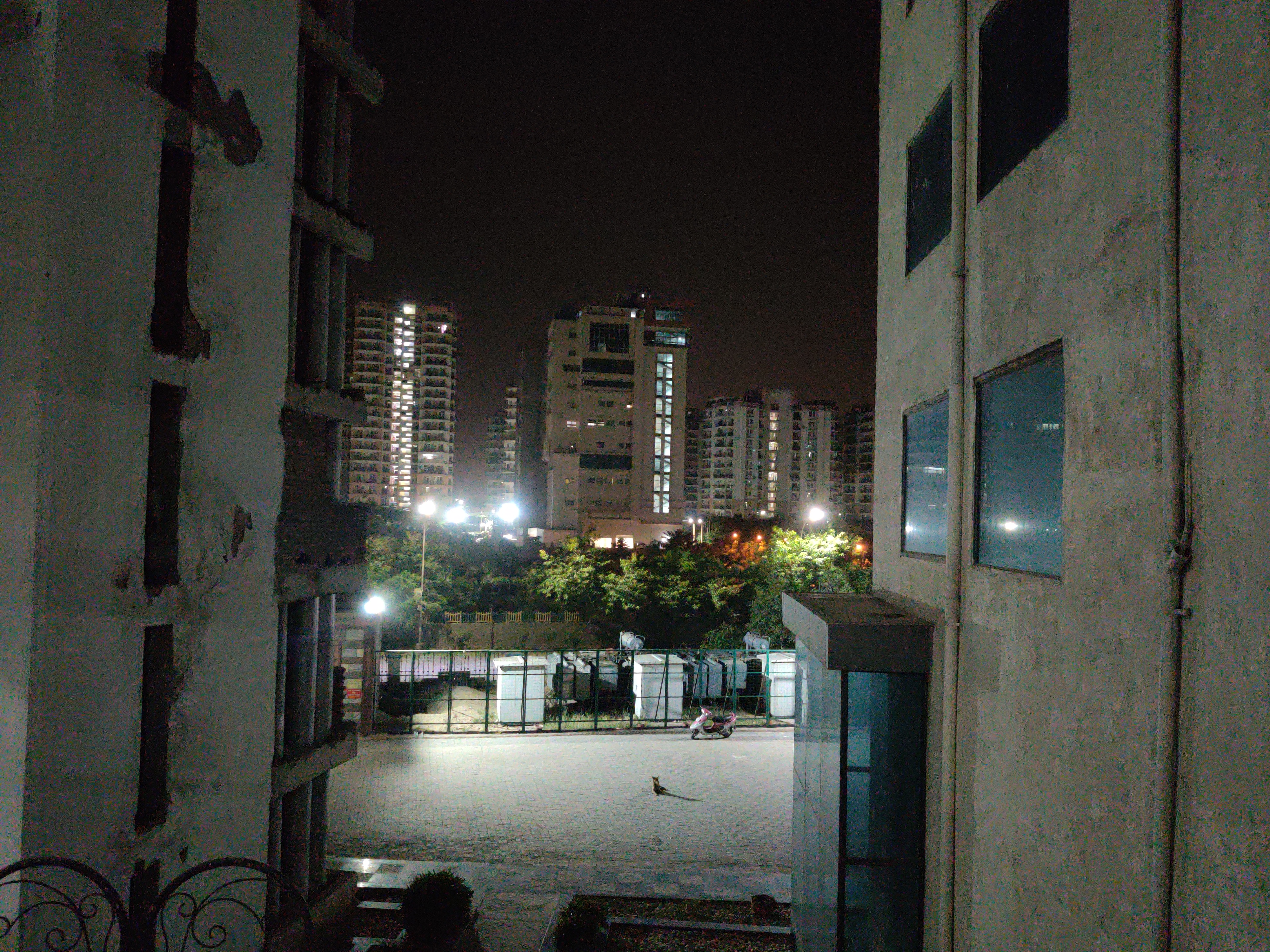
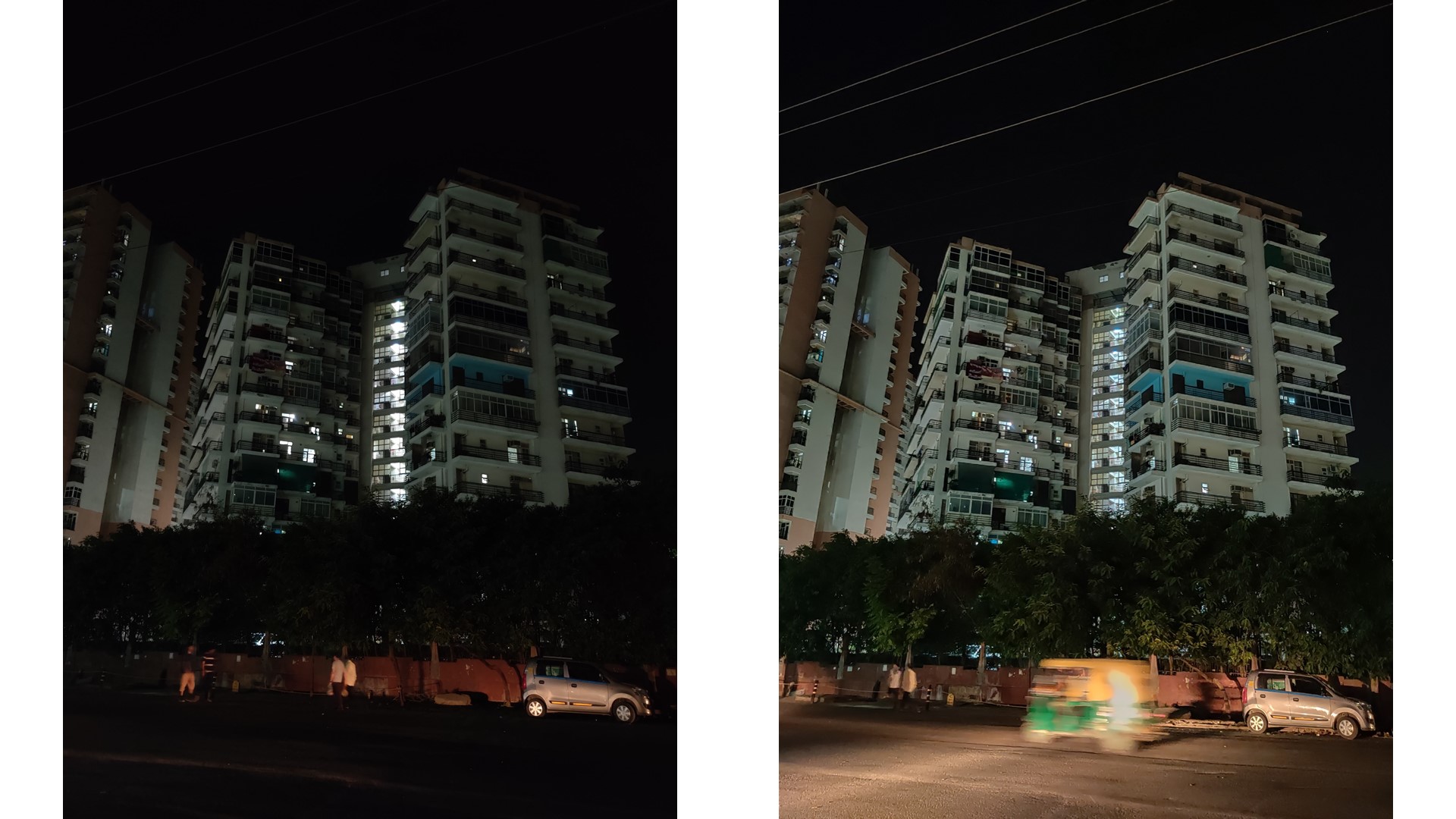
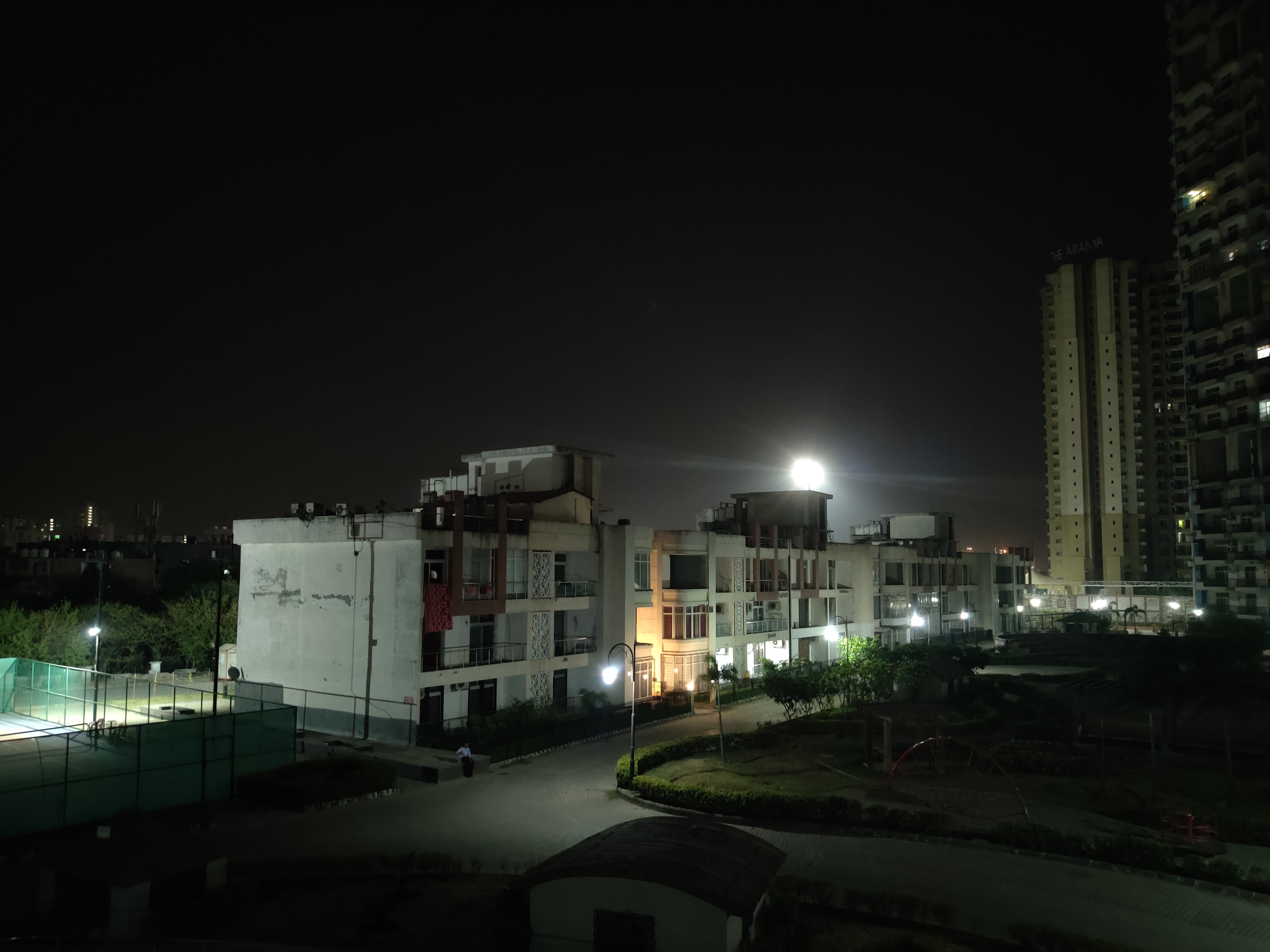
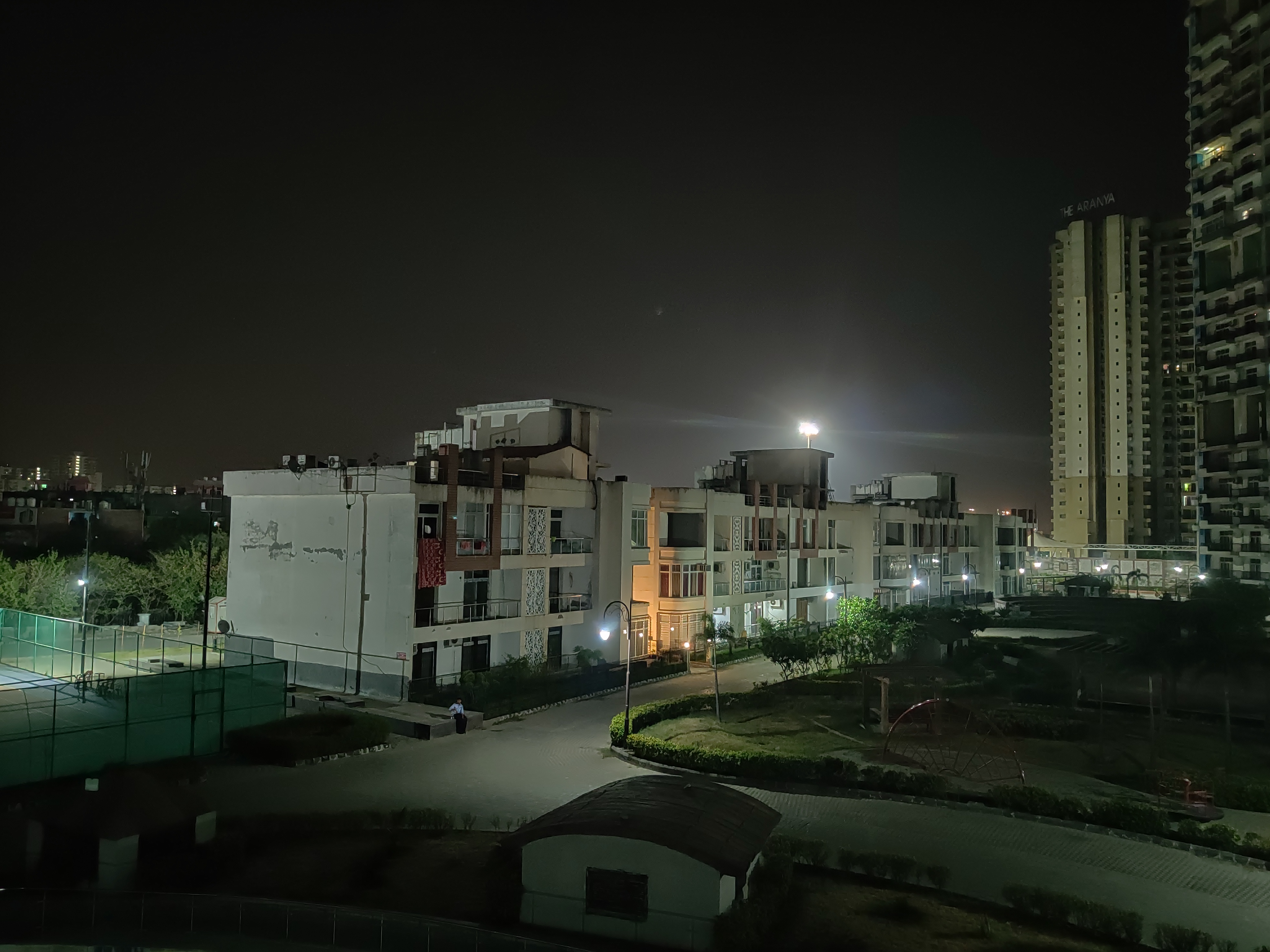
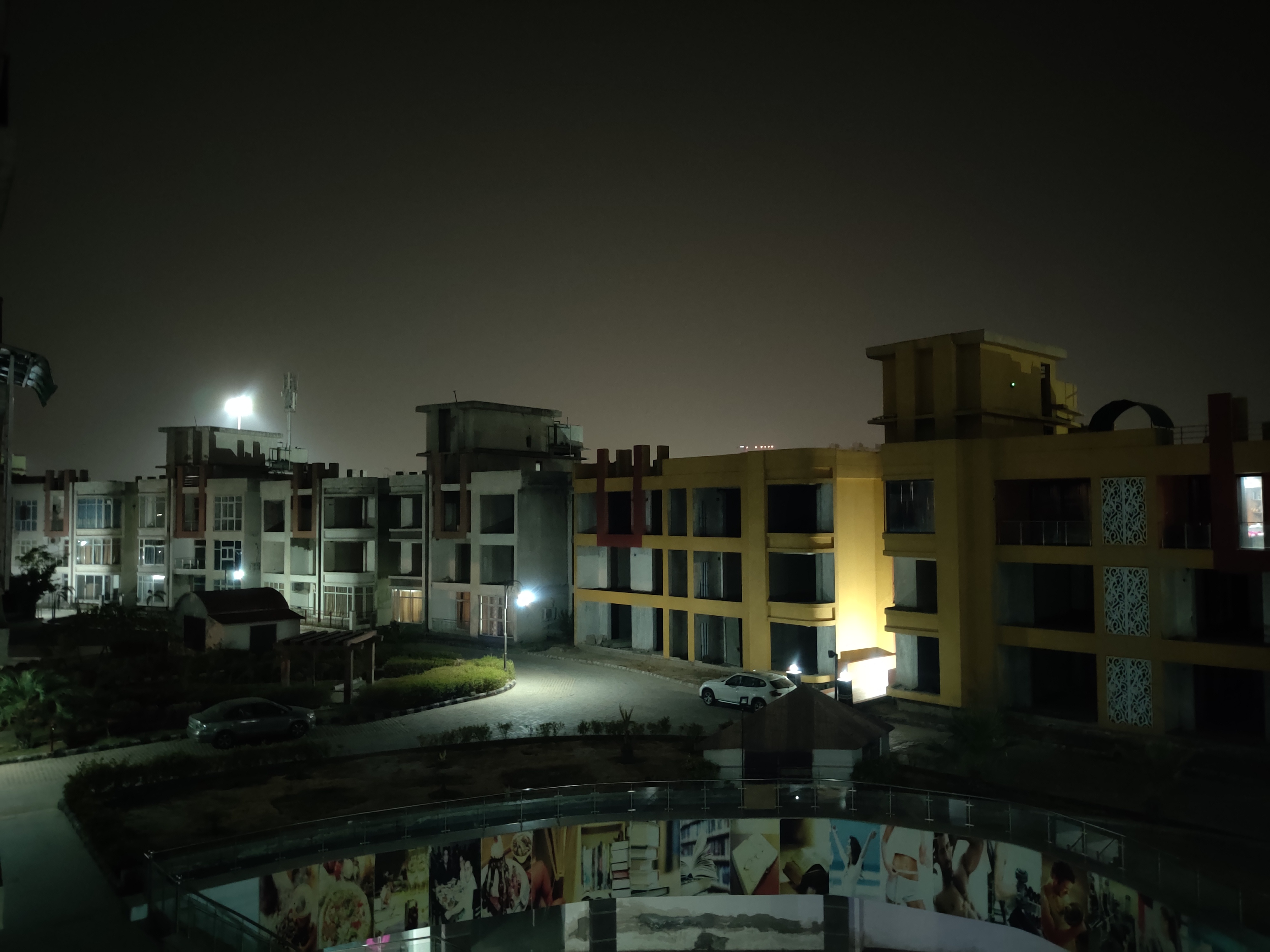
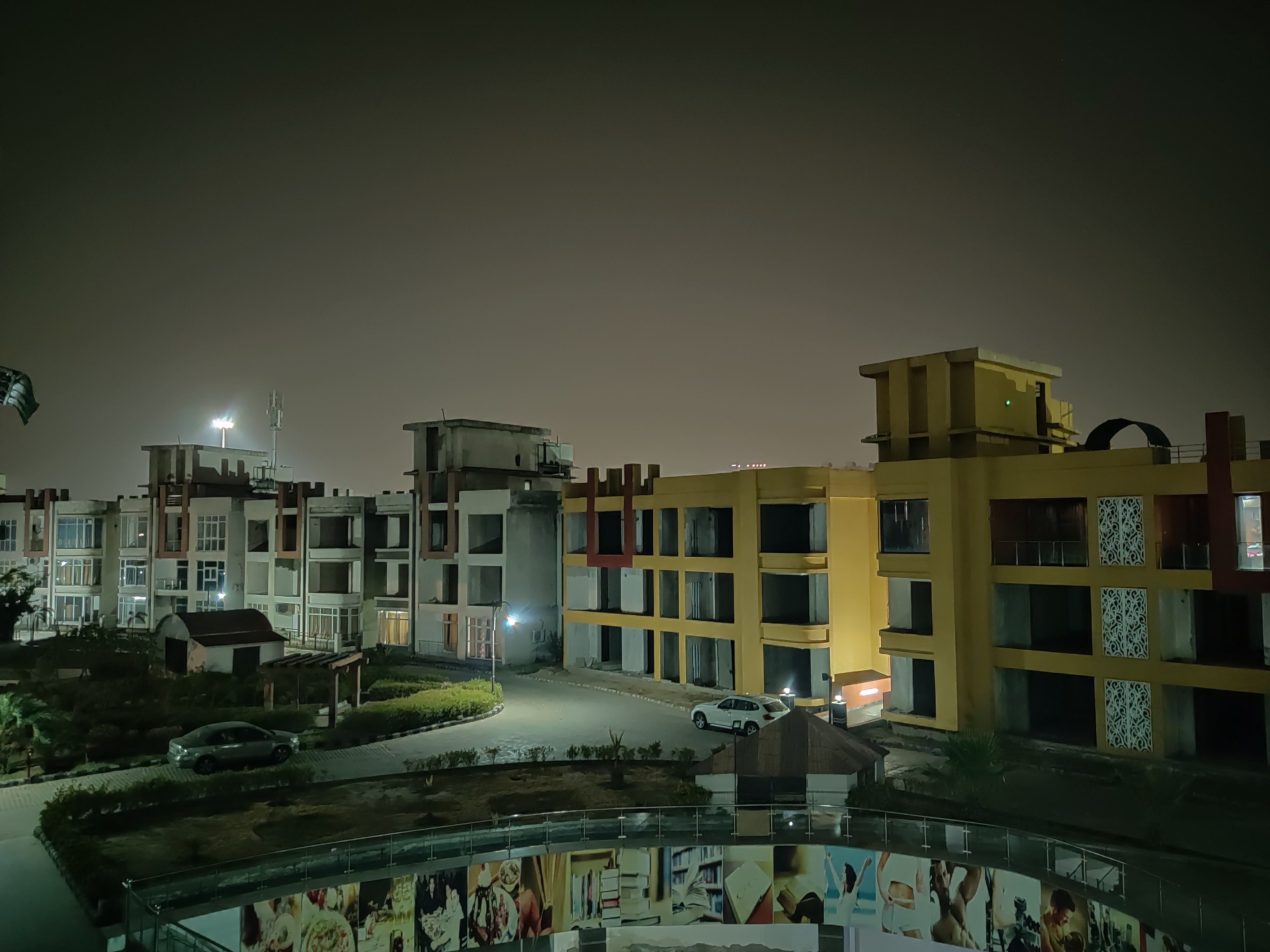
OnePlus is known to release regular updates to its phones to improve their picture quality. I only hope they continue to develop and optimize the camera on the OnePlus 7 because it has a lot of potential to offer a refined photography experience.
On the front, the 16MP selfie camera uses Sony’s IMX471 sensor backed by EIS and an f/2.0 aperture. The pictures from the front camera look great when used in day-light, however, the software optimization sometimes overdo things. However, it can be fixed via software patch.

OnePlus 7 remains a better choice for people who have lately been influenced by the company’s products. However, photography enthusiasts may be disappointed as they don’t get a multi-talented camera system which is reserved for the Pro model. In spite of this, regular users will definitely make do with fast shutter and autofocus that captures the frame in a jiffy.
Sign up for breaking news, reviews, opinion, top tech deals, and more.
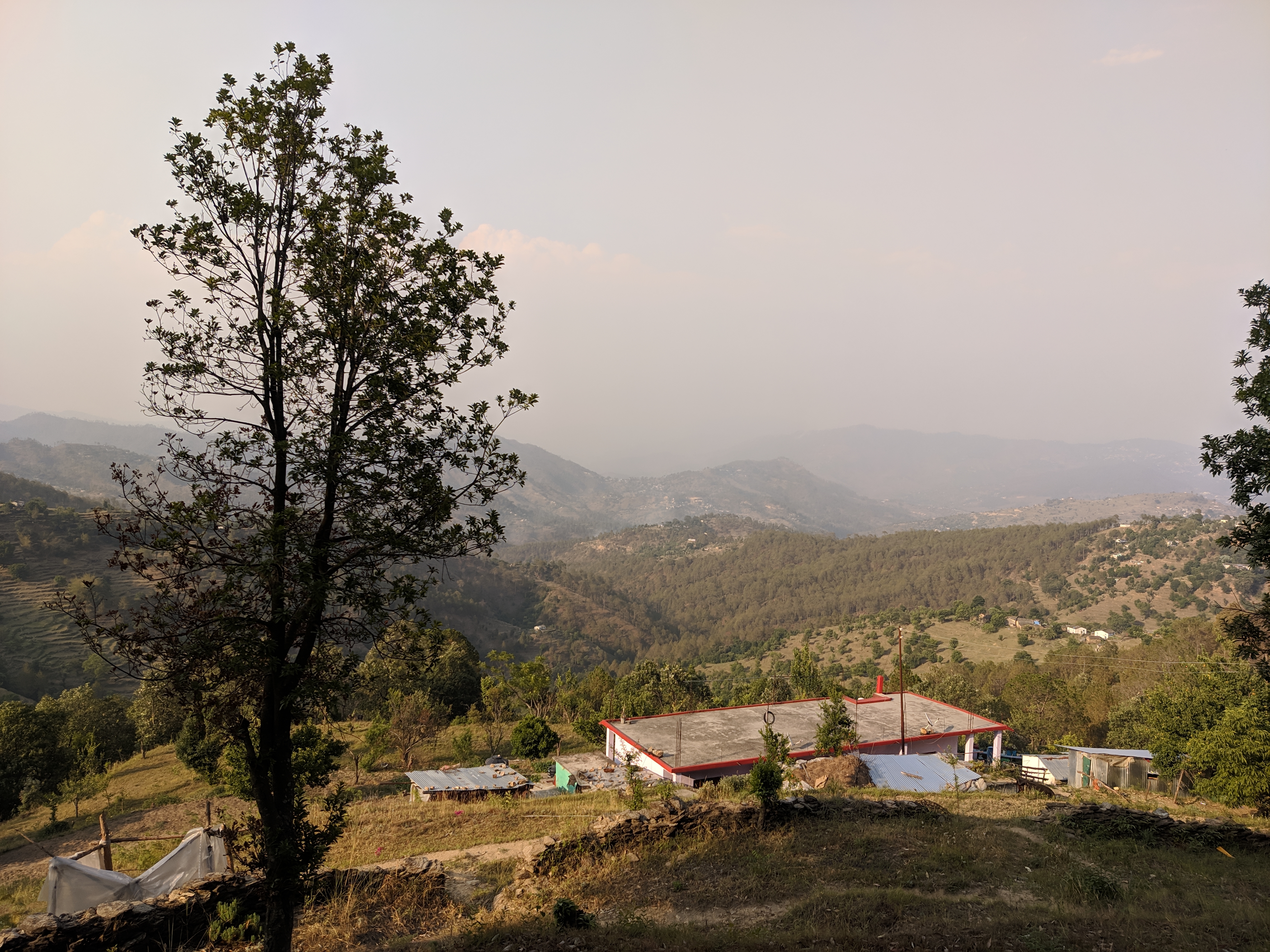













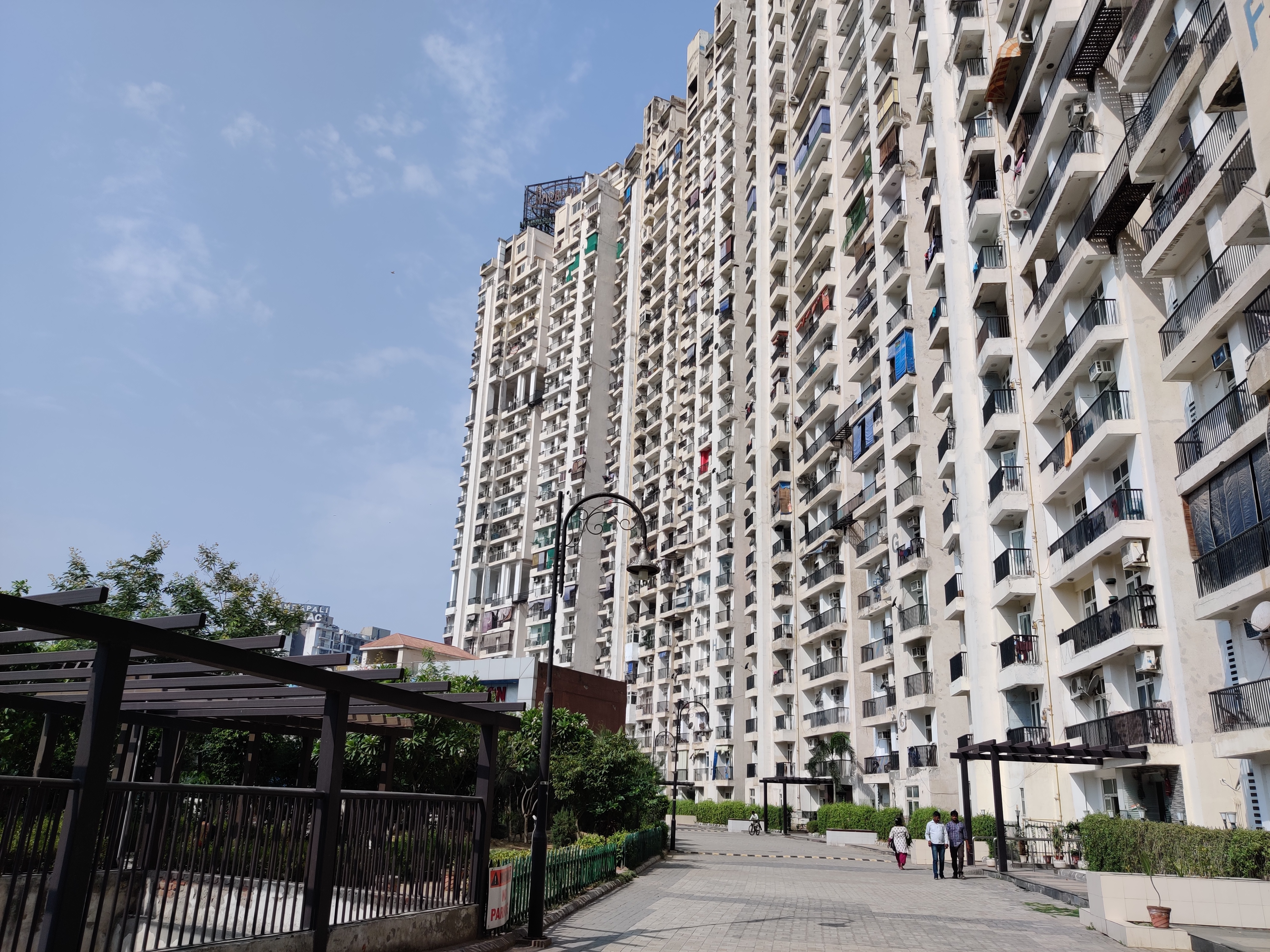



Performance
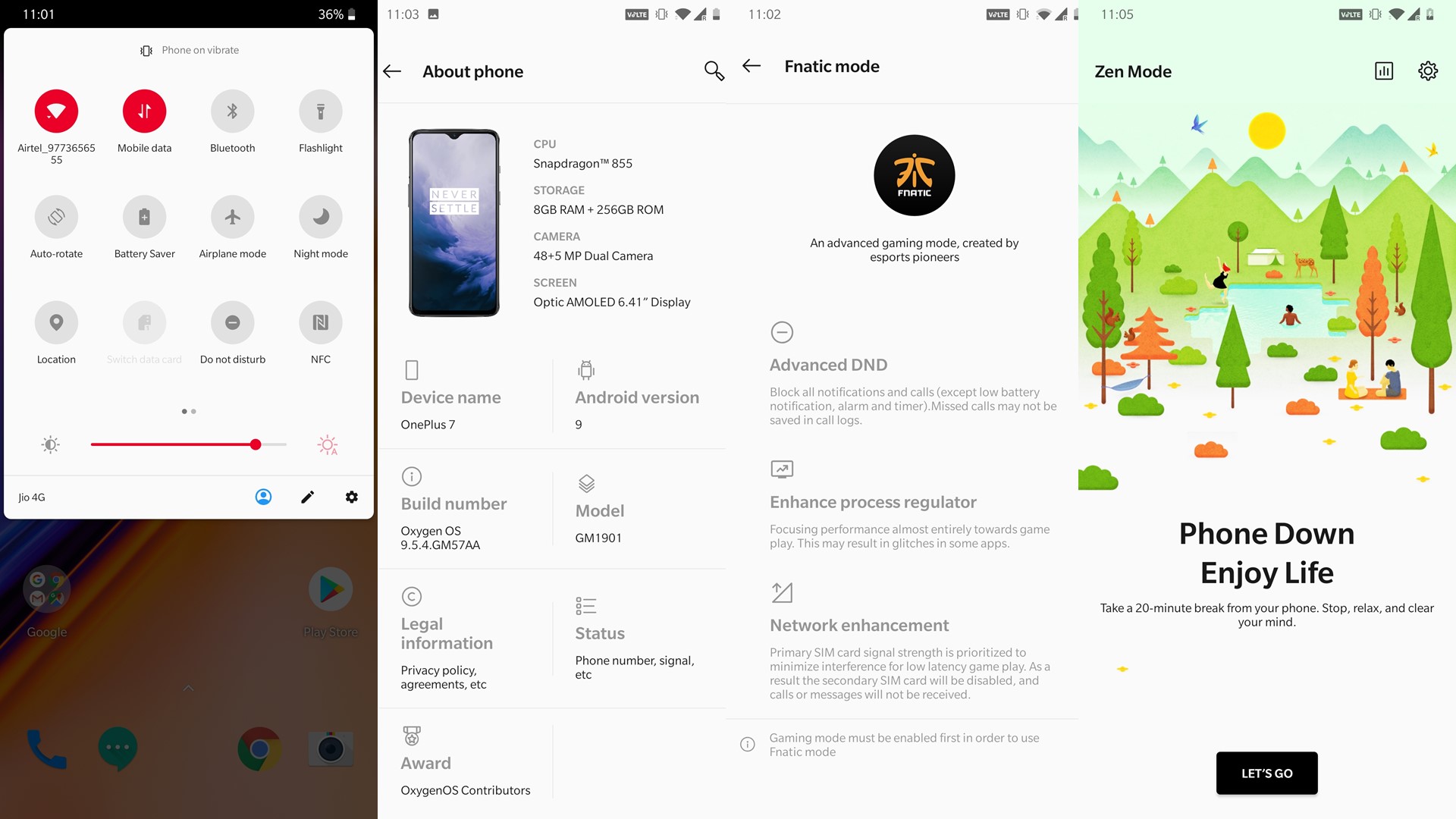
If you’d have asked me, the OnePlus 6T was by far the fastest phone of 2018 in my opinion. The OnePlus 7 just hits it out of the ballpark when it comes to speed. No to mention the buttery slick experience one can experience on the OnePlus 7 Pro, our regular chap here is no less and can flex its muscles with equal ease.
Qualcomm Snapdragon 855 is the fastest processor in the world and forms the beating heart of the phone. This chipset has been fabricated on a 7-nanometer architecture process and is 45% faster than the previous generation while consuming 20% less power. Its octa-core CPU consists of Kryo 485 cores, one clocked at 2.84GHz, three running at 2.42GHz and another one at 1.8GHz.
It also brings in 4th generation AI engine which assists while creating photographs and playing games. The Adreno 640 GPU is tasked with handling the graphics side of things and is 20% faster than the 6T.
Now, what do all these numbers mean for the end-user? With that much power under the hood and OxygenOS to boot, it is and will continue to be one of the fastest phones of 2019. The OnePlus 7 Pro goes a bit further with a 90Hz refresh rate but even without it, our run-of-the-mill champ is able to take on every task without breaking a sweat.
By the time of writing this, our OnePlus 7 unit has already received an update which updates the Android security patch to April 2019, brings DC dimming, enables smoother scrolling, optimizations for the fingerprint sensor and improved camera quality. This only goes on to reaffirm that OnePlus phones get updates with more functionalities being added regularly.
OnePlus has also added a native screen recorder which will help players record their gameplay along with in-game audio. Another feature that I have come to love is the Zen mode which puts the phone into a lockdown mode for 20 minutes.
Apart from making or receiving calls, users will only be able to take photos in this mode. It has essentially been developed to allow users to disconnect from the digital world which in my opinion is something everyone needs today.
The OnePlus 7 is available in two variants- 6GB RAM + 128GB storage and 8GB RAM + 256GB storage.
OnePlus has developed a new feature they’re calling RAM Boost. This enables the phone to allocate RAM to memory intensive applications based on your app usage pattern. So, when you’re firing up a game, it will load faster and smoother. In my general use, RAM Boost allowed more applications to stay open in the background without any lag.
The apps also load faster due to UFS 3.0 storage solution adopted by OnePlus. Then there’s the Fnatic Mode which offers Advanced DND, process regulator and network enhancements. The advanced DND blocks every notification and calls except alarms while process regulator diverts all power to the game. Do keep in mind though that enabling the Fnatic mode will disable the secondary SIM card for the remainder of the gameplay.
Another highlight of the OnePlus 7 is the dual stereo speaker setup which gets really loud when needed. These have been fine-tuned by Dolby Atmos and I have to mention, playing PUBG Mobile on the OnePlus 7 is a very different experience than on the 6T which I have been using for quite some time now. It is the rich and immersive audio output that makes the gaming experience worthwhile. Even while watching videos on YouTube, the visual and aural elements are perfectly balanced and captivating.
Sheer raw power. That’s how I’d like to describe the performance of the OnePlus 7. With OnePlus’ optimizations on OxygenOS, this right here is one powerful smartphone that will last for long if you want.
Current page: What's it like to use?
Prev Page Introduction, Design and Display Next Page Battery life and Final words
- Siddharth Chauhan is the Consumer Technology Reporter at Digit India. He used to work as an Assistant Editor at TechRadar India
